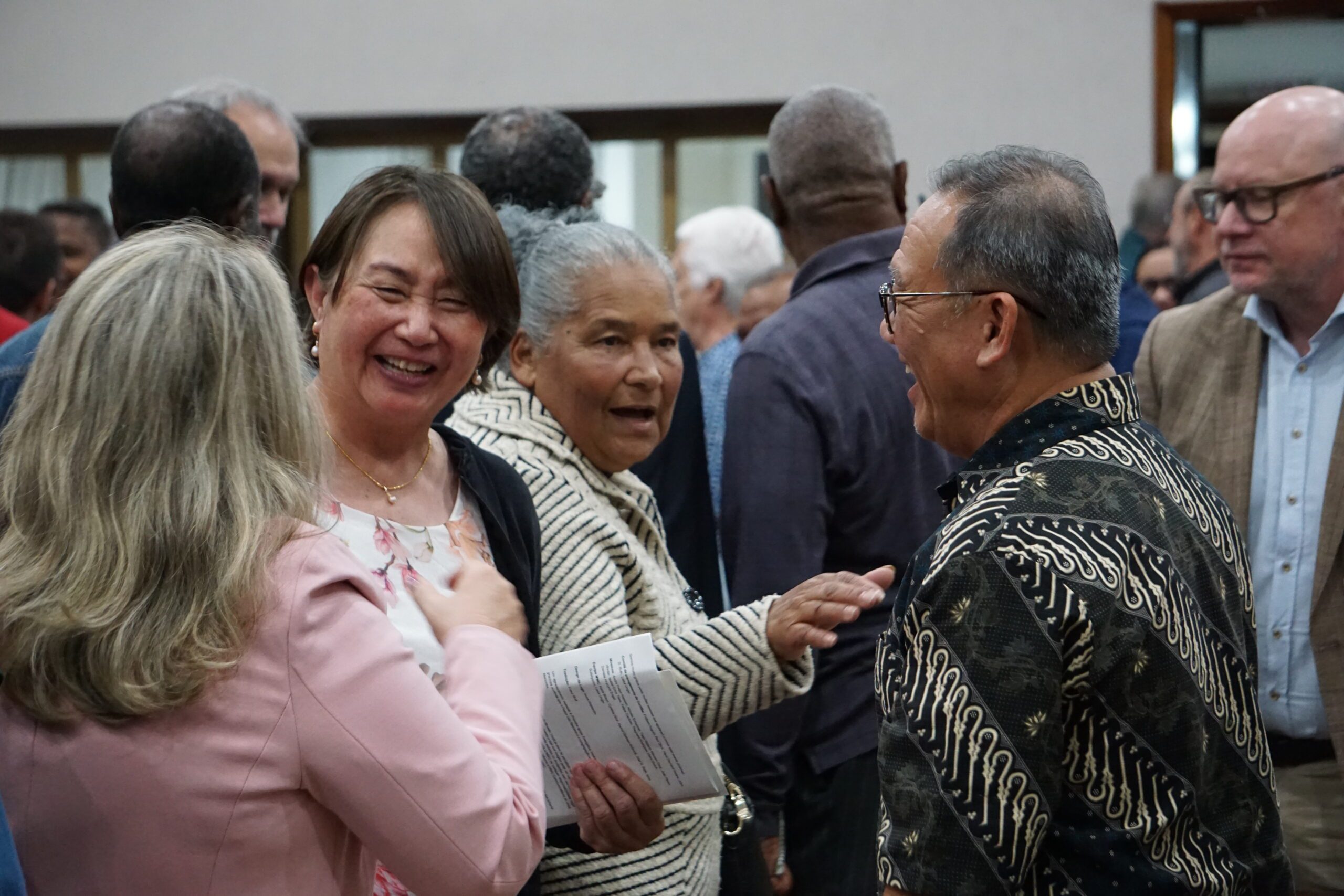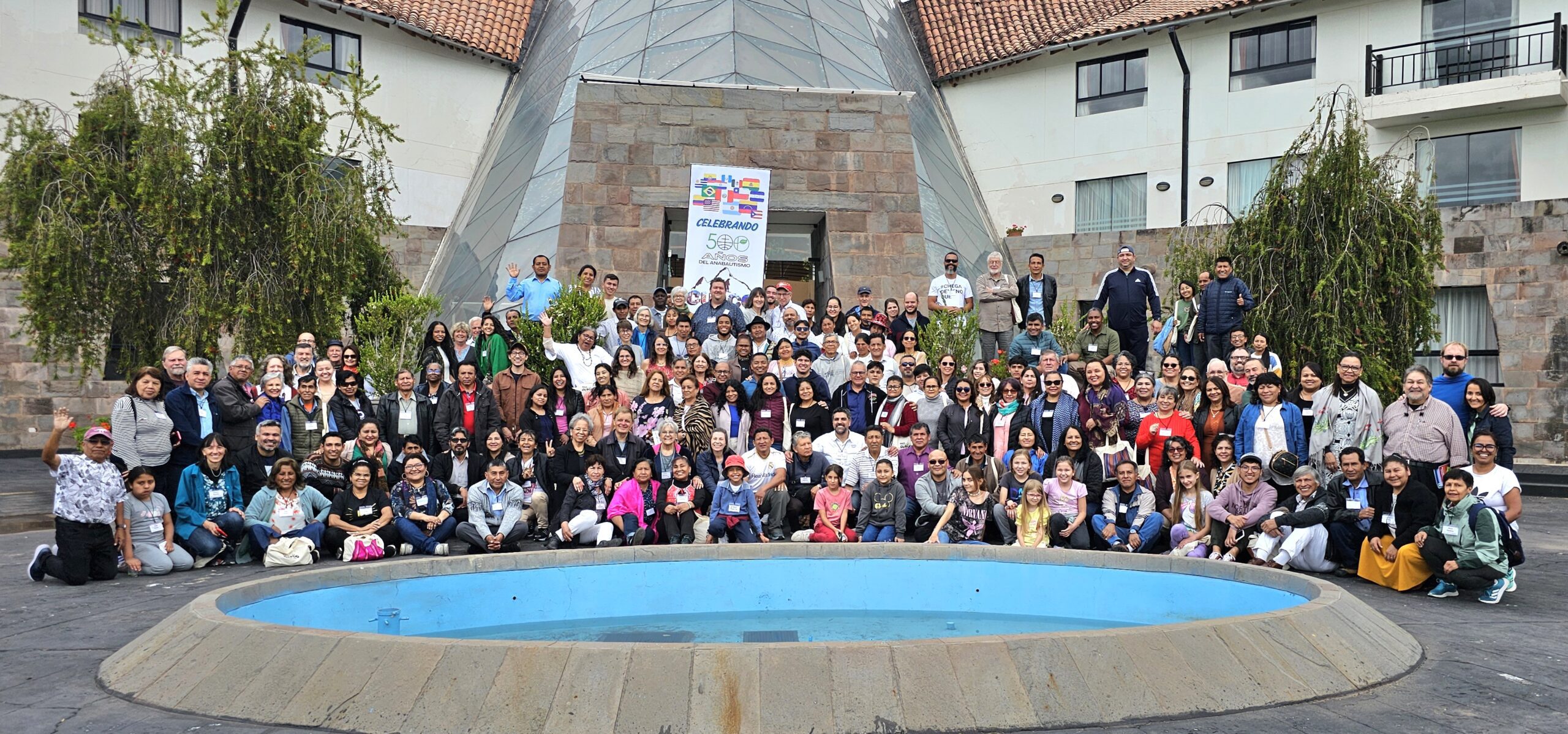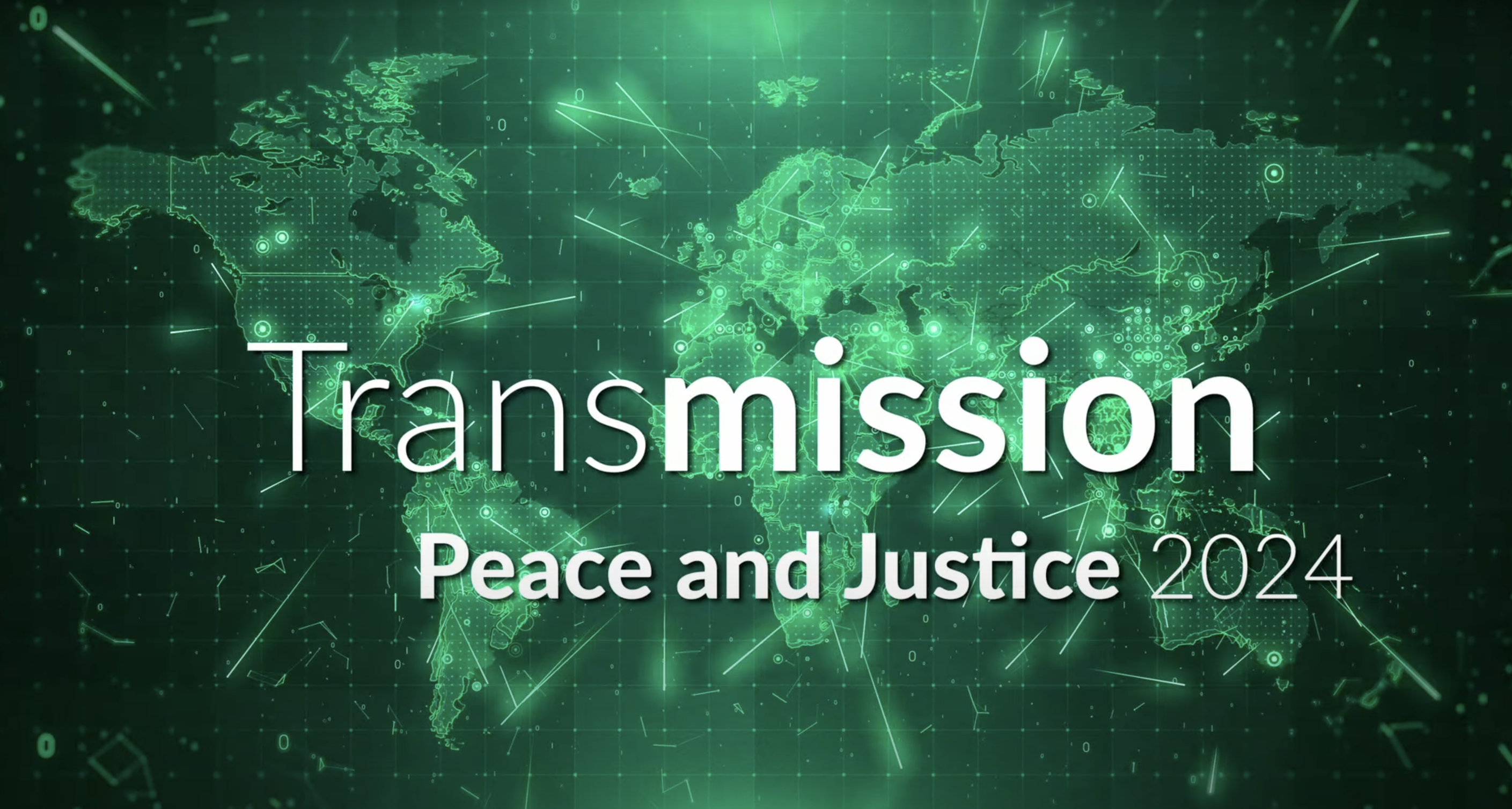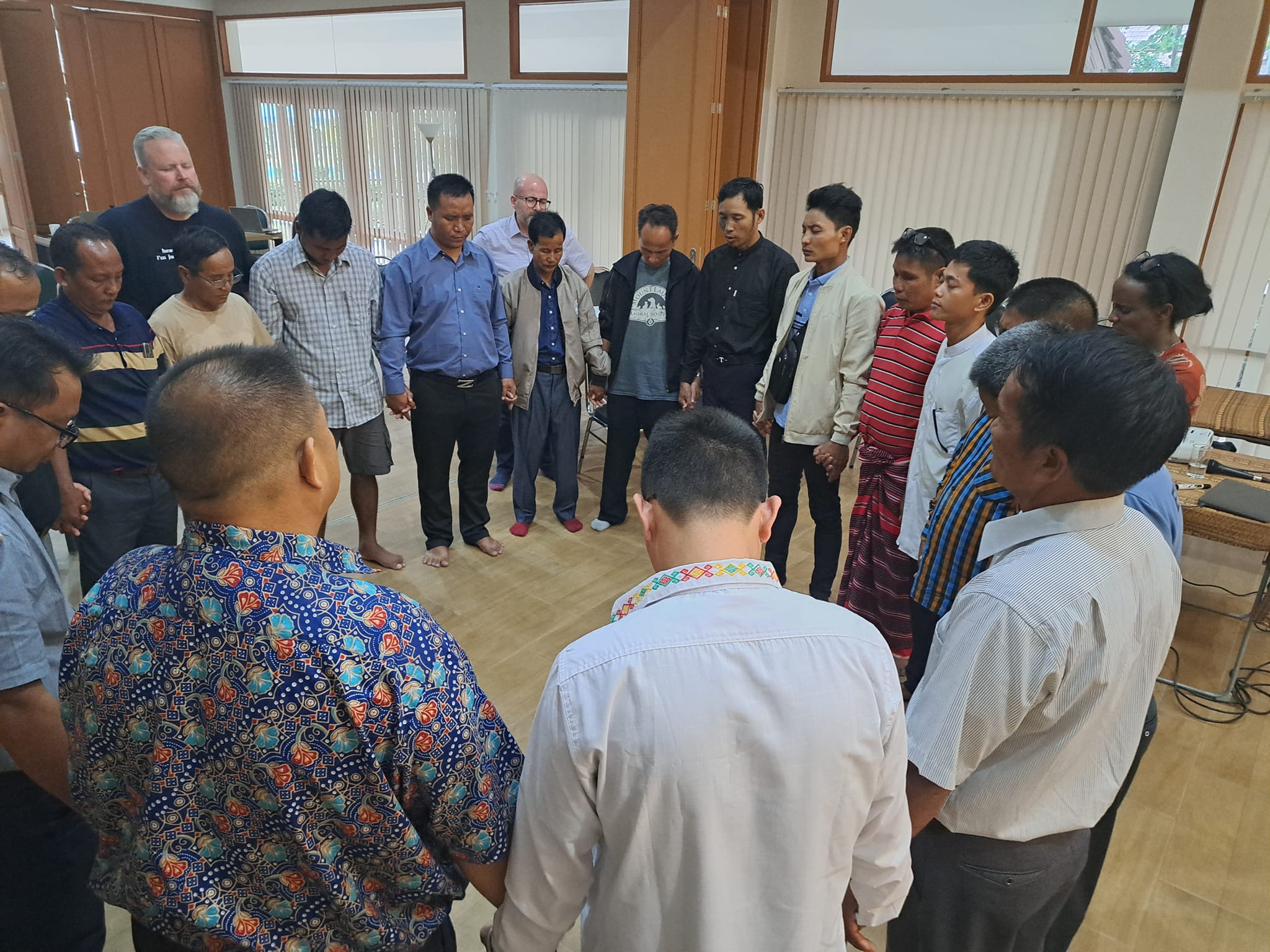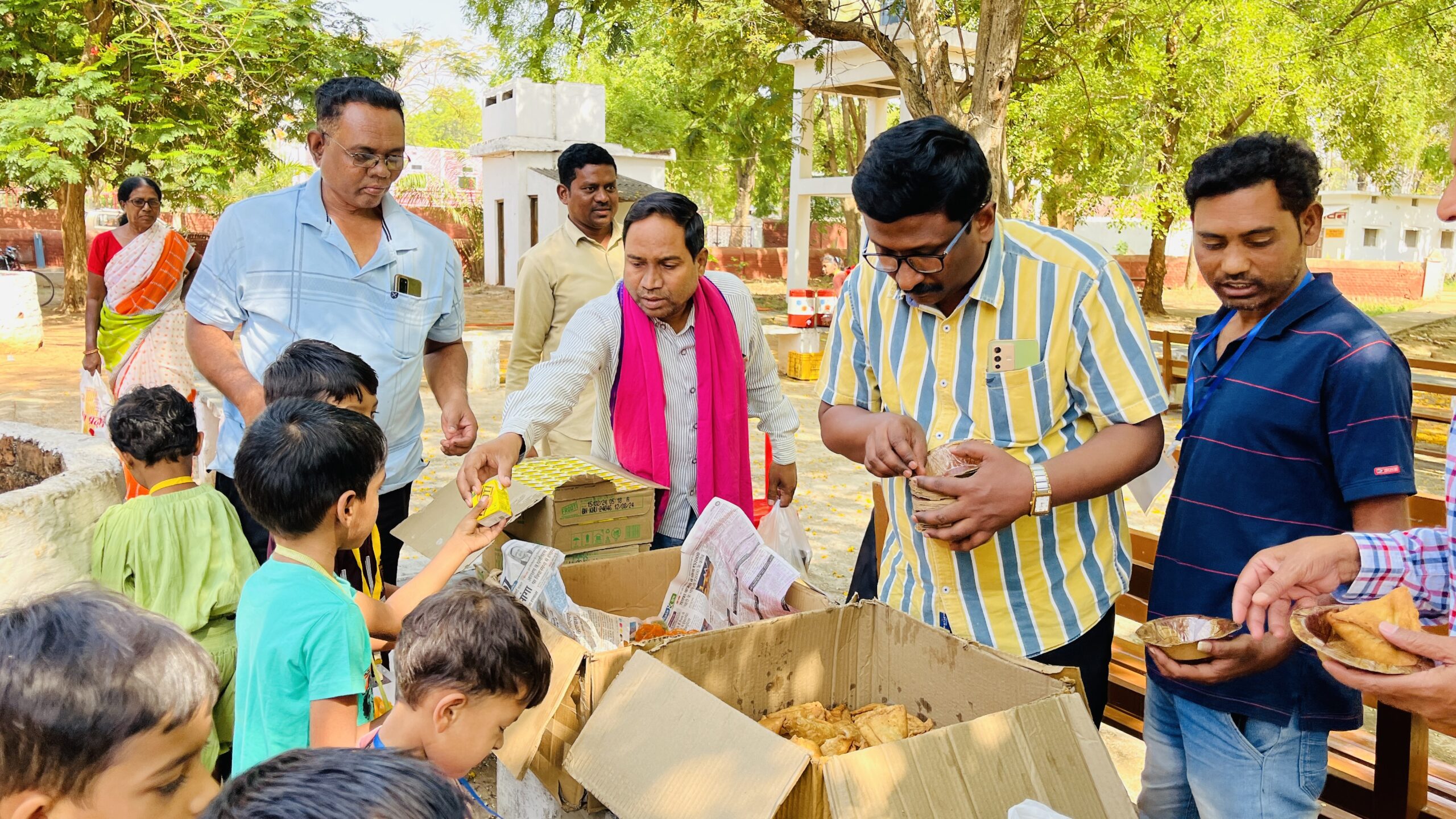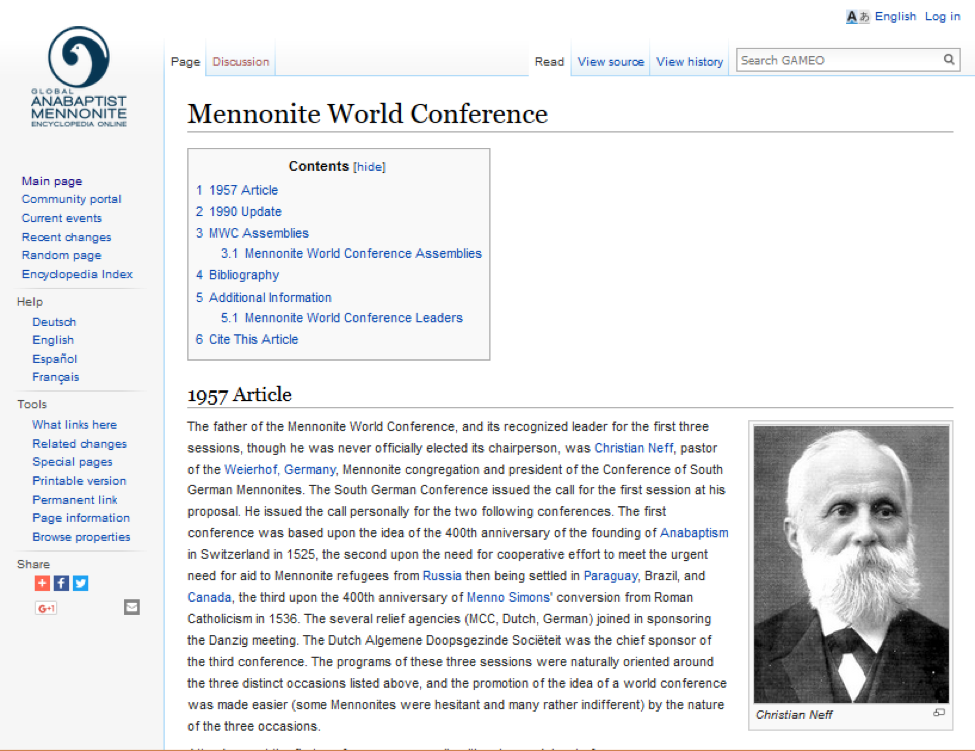-
Celebrate 100 years of unity
A centenary only comes around every 100 years! Mennonite World Conference is celebrating their 100th anniversary with a worship service and reception in Schwäbish Gmünd, Germany, 25 May 2025. “We hope Anabaptists will be able to make the journey to Schönblick from hundreds of kilometres in each direction around Europe to celebrate this momentous anniversary…
-
Trails of blood, sweat and tears
Celebrate, equip, worship: 500 years of Anabaptism Churches around the world are marking the 500th anniversary of Anabaptism with lectures, hymn sings and even regional events. MWC member church Iglesia Evangélica Menonita del Perú hosted “Celebrar, equipar, adorar” in Cusco, Peru 18-22 January 2025 to mark 500 years of Anabaptism. Church members gathered for the…
-
Join our anniversary campaign
Marking 100 years of living out unity in MWC through photos, music, trees and more Following Jesus, living out unity, building peace. It’s a new tagline for the mission we’ve always carried as Anabaptists. This is a momentous year with two anniversaries for Mennonite World Conference: Five hundred years of the Anabaptist movement; and 100…
-
Four peacebuilding stories in fifth film
“We live in a complicated world. Erosion of trust and breakdown in relationships are all too common. The good news is that as abundant as conflict may be, so is the commitment within Anabaptist Mennonite communities around the world to follow Jesus’ call to work for justice and to make peace,” says Max Wiedmer, producer…
-
Yesterday’s martyrs inspire those who suffer today
“Their commitment to passing down the message of peace and the gospel inspires me to live a sacrificial life for peace.” Stories of the early Anabaptist martyrs have shaped and inspired Mennonites around the world for 500 years. They continue to do so for suffering pastors in Myanmar, like the one quoted above. From 25-29…
-
Commemorating 500 years of Anabaptism
Anabaptist World Fellowship Sunday 2025 Part A: Origin of Anabaptism in 1525 Part B: Origin of Anabaptists/Mennonites in your own country Part C: WCRC and MWC Common Statement of Confession, Gratitude and Commitment Part D: A Responsive reading of gratefulness, based on Psalm 136 This content is provided to give context for Anabaptism@500 years –…
-
Celebration ideas
Anabaptist World Fellowship Sunday 2025 Participate in person or join in online on 29 May 2025 On Saturday 29 May 2025, Mennonite World Conference (MWC) will welcome guests from around the world to The Courage to Love: Anabaptism@500. The day-long celebration commemorates the birth of the Anabaptist movement in Zurich, Switzerland. Following workshops, concerts, a…
-
Counting on love
In 2025, the global Anabaptist movement looks back over 500 years of existence. Mennonite World Conference invites all to a major event on Ascension Day,29 May 2025, in Zurich, Switzerland. Even as we look back on a long past, the focus of the commemoration is on the current reality of the Anabaptist movement. Who are…
-
GAMEO takes multilingual focus
The management board of the Global Anabaptist Mennonite Encyclopedia Online (GAMEO)* held their annual meeting both in person in Goshen and Elkhart, Indiana, USA, and by Zoom on 24 May 2024. This meeting brought together board members from the United States, Canada, and the Netherlands to discuss the upcoming year of projects and to facilitate…
-
Global encyclopedia commits to global content
Winnipeg, Manitoba, Canada – John D. Roth, Mennonite World Conference Faith and Life Commission secretary, was appointed general editor of the Global Anabaptist Mennonite Encyclopedia Online (GAMEO – www.gameo.org). The GAMEO board voted unanimously 19 May 2017 to transfer oversight of the project to the Institute for the Study of Global Anabaptism (ISGA), which Roth…
